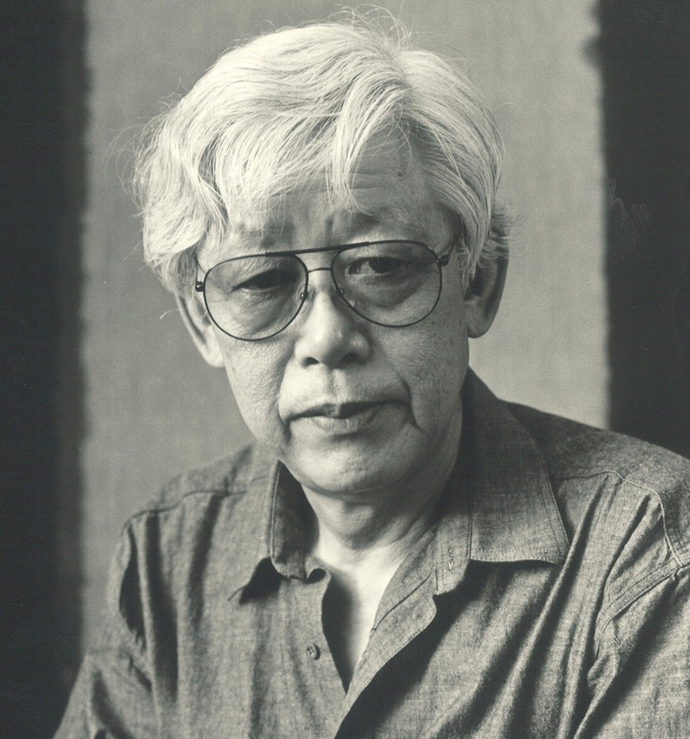
Yun Hyong-keun
Yun Hyong-keun, a prominent figure in the Dansaekhwa painting movement of Korea, was renowned for his large-scale canvases featuring meditative bands of umber and ultramarine paint.
His visually stark and technically complex style was developed in the early 1970s, drawing inspiration from Mark Rothko's color field paintings, which he encountered during a trip to New York in 1974. His fame spread throughout Korea, and he represented his country at the 1995 Venice Biennale. Yun's evocative works, created using layers of paint on unprimed linen or mulberry bark paper, have been internationally acclaimed following his passing in 2007.
In 2018, the National Museum of Modern and Contemporary Art, Korea, held a major retrospective of his art that went on to be exhibited at the Palazzo Fortuny in Venice. Yun's work can be found in the collections of the Art Institute of Chicago, the Chinati Foundation, the Glenstone, Tate Modern, and the Tokyo Metropolitan Art Museum.
Years:
Born in 1928
Country:
South Korea, Cheongju